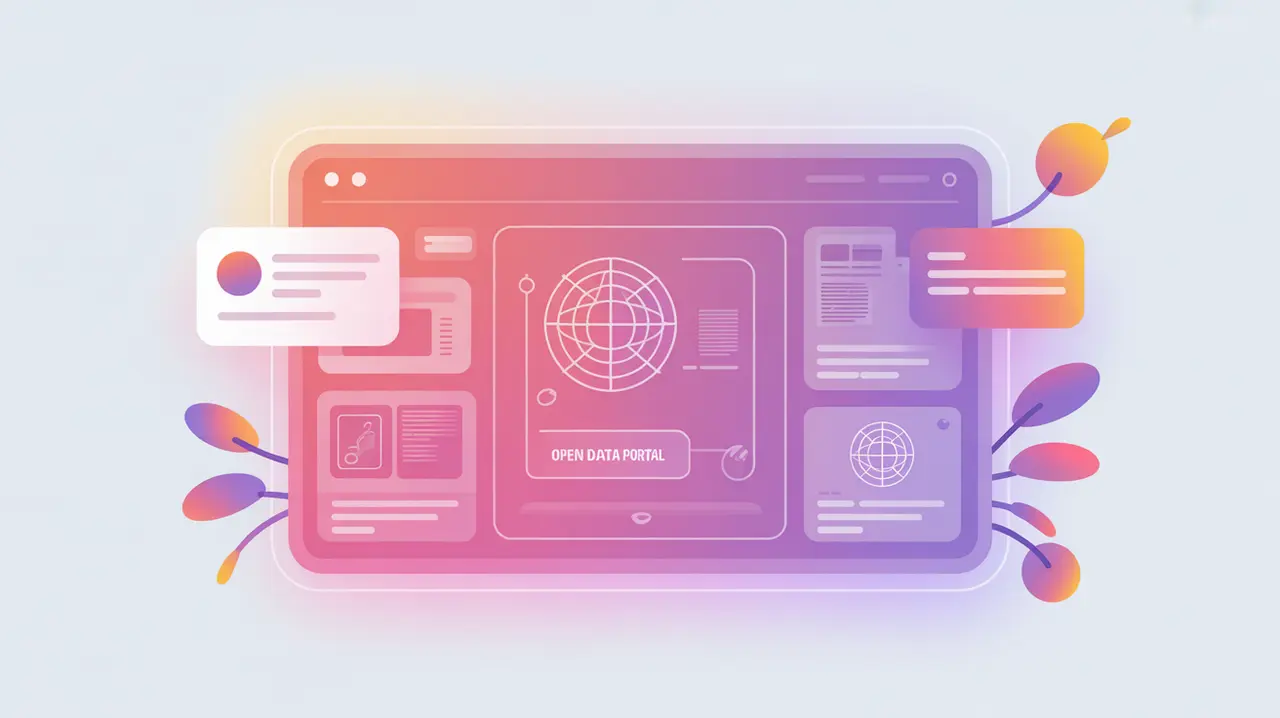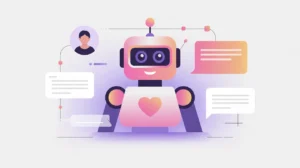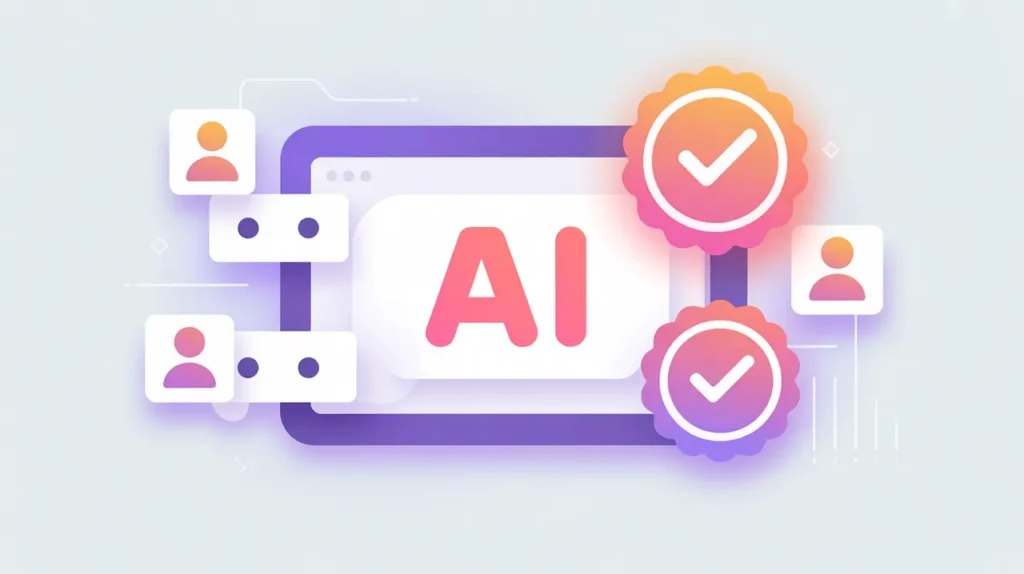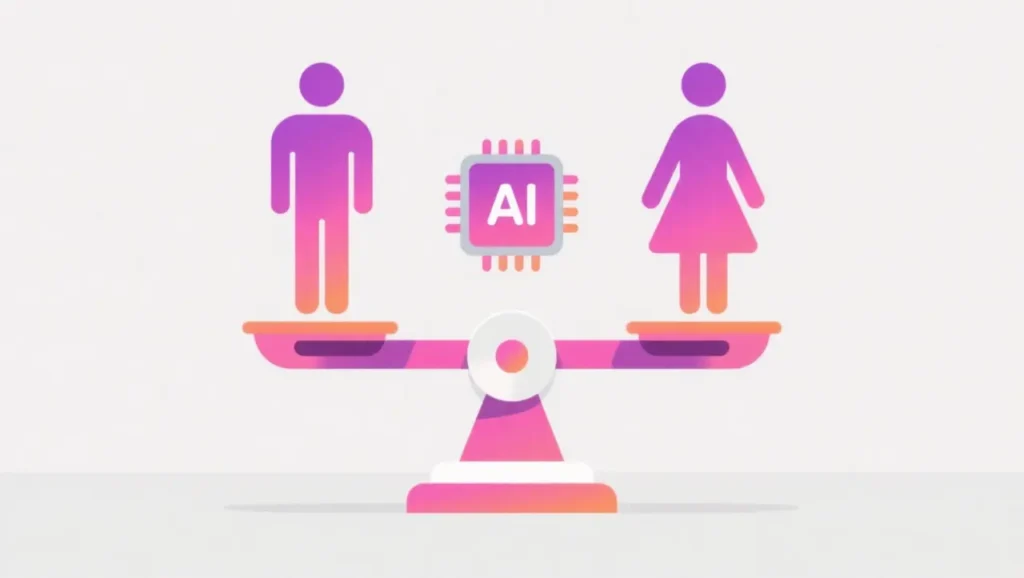Importance of Open Data
Open Data refers to datasets that are freely available for anyone to access, use, and share, typically under open licenses. In the AI era, open data provides critical fuel for innovation, transparency, and accountability. Its importance today lies in ensuring that the benefits of data are not locked behind proprietary systems but are shared to support equitable social, scientific, and economic development.
For social innovation and international development, open data matters because it enables collaboration, strengthens evidence-based decision-making, and reduces information asymmetries that disadvantage marginalized communities.
Definition and Key Features
Open data is guided by principles such as accessibility, interoperability, reusability, and transparency. Global initiatives like the Open Government Partnership and the UN’s open data platforms promote data-sharing for accountability and sustainable development. Examples include census data, climate datasets, and health statistics released for public use.
It is not the same as free data, which may lack licensing clarity or reliability. Nor is it equivalent to big data, which describes volume and complexity without addressing openness. Open data specifically refers to datasets intentionally made accessible under fair-use terms.
How this Works in Practice
In practice, open data can power applications like climate adaptation models, transparency dashboards for public budgets, or AI-driven health surveillance tools. Mission-driven organizations use open datasets to reduce costs, avoid duplication, and create shared resources. Responsible open data practices must also consider privacy, data quality, and equity in who can access and benefit from shared information.
Challenges include limited data literacy, uneven infrastructure for data sharing, and risks of misuse or exploitation by powerful actors. Ensuring inclusivity requires building safeguards that prevent harm while preserving openness.
Implications for Social Innovators
Open data strengthens impact across mission-driven sectors. Health programs use shared epidemiological datasets to improve diagnostics and monitor outbreaks. Education initiatives rely on open resources to expand learning access. Humanitarian agencies use open mapping tools like OpenStreetMap to coordinate crisis response. Civil society organizations leverage open data to hold governments and corporations accountable.
By adopting open data practices, organizations expand transparency, foster collaboration, and democratize access to information, making data a shared resource for equity and social impact.







